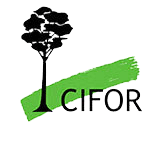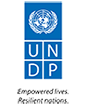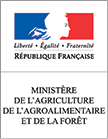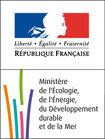
Bogor, the “bo” of the Jabodetabek conglomerate of commuter cities surrounding the Indonesian capital of Jakarta, is known throughout the country as the City of Rain. Every year, the monsoon season arrives in an outburst of downpours to fill the roads with an ankle-deep slurry, catching homeward-bound travelers with dependable precision each afternoon at 4pm. And when Bogor rains, the saying goes, Jakarta floods – the images of housewives pulled along thoroughfares on inflatable rafts and schoolchildren wading waist deep in muddied waters have circulated on the global news media with numbing regularity over the past few years.
The cause of these persistent flooding events is not only Jakarta’s sea-level elevation and infrastructural weaknesses, but has also been ascribed to widespread deforestation in the mountains surrounding Bogor. The loss of forest cover allows rainwater to travel downslope without barrier or sponge, thus inundating Jakarta with overflow from its southern satellite.
This year, however, has been peculiar due to the effects of the El Niño weather phenomenon. As we waited for the rain to relieve us of the heavy heat of the long dry season in September and then October, we watched our garden turn brittle and brown as the streets of Bogor grew thick with dust. Instead of the usual worries about cracked ceilings and moldy cabinets, our neighbors wondered if they would have enough water until the rains returned. In Kalimantan and Sumatra, the air pollution caused by persistent peat and forest fires has been further exacerbated by the lack of rain, causing the level of air contaminants to far exceed levels prescribed as safe by the World Health Organization.
These landscape-scale interactions between people, forests, and climate intimately connect us in Bogor, where I am based with the Center for International Forestry Research (CIFOR), to those in Jakarta and Pontianak and further afield to Singapore and Malaysia. The increasing vulnerability to natural hazards faced by these communities has been compounded by the effects of deforestation across the region, and the focus of our research too must expand to encompass the complex dynamics at play. My work with the Evidence-Based Forestry initiative thus seeks to understand such landscape-level issues from multidimensional and multi-scalar perspectives to support better decision-making on the ground.
The Youth in Landscapes initiative at the Global Landscapes Forum 2015 will be an exciting opportunity to meet colleagues working on similar issues around the world and to collaborate in the development of innovative and pragmatic approaches to address the five landscapes challenges at hand. The Rights and Tenure Landscape challenge is a particularly compelling case study with immediate applications for monitoring and reporting on the social impacts of REDD+ projects. Controversy over the accurate representation of land tenure regimes and voluntary participation of target communities has dogged the program since its initiation, and it is a necessary and positive step for safeguards to be noted and upheld in its implementation. I look forward to exchanges with other youth innovators on this subject, and to the opportunity to share lessons learned with colleagues and communities after the conclusion of the forum.

Wen Zhou is one of the 10 young champions who will work on the “ Rights and Tenure” Landscape challenge with Youth program’s partner: CIFOR.
Learn more about the Global Landscapes Forum’s Youth program, meet our 50 youth champions and discover the 5 Landscapes challenges they will take up, in December, in Paris.




































